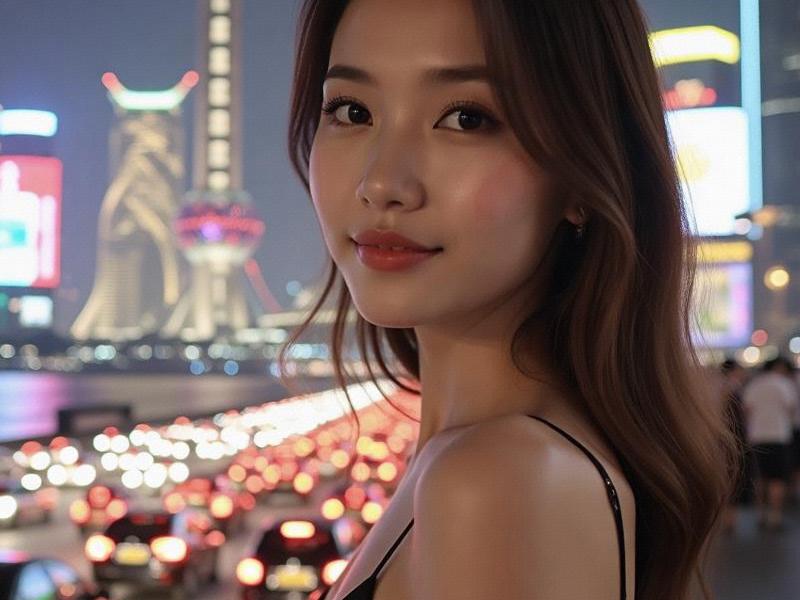This 2,200-word investigative feature explores how Shanghai's elite entertainment clubs are evolving beyond traditional KTV models to crteeahybrid spaces combining cutting-edge technology, cultural preservation, and global hospitality standards.

The bouncer at Dàshìjiè (大世界) checks reservations via facial recognition as guests step into a sensory wonderland where 1930s Shanghai jazz meets holographic performance art. This isn't your grandfather's nightclub - it's part of the city's $3.8 billion "new entertainment economy" rewriting the rules of urban leisure.
Historical Context:
• 1920s-40s: Golden Age of Shanghai cabarets
• 1990s-2000s: KTV culture dominance
• 2015-present: "New Luxury" club renaissance
Current Trends:
上海龙凤sh419 1. The Experience Architects
- Multi-sensory environments (scent marketing, haptic feedback)
- Themed historical immersion (Republican-era reproductions)
- Celebrity chef cocktail collaborations
2. Technology Integration
- Blockchain membership systems
上海龙凤419杨浦 - AR-enhanced private rooms
- AI-powered guest preference algorithms
Economic Impact:
- 42% annual growth in premium club sector
- Employment for 18,000 hospitality professionals
- Adjacent industries (luxury cars, fashion) symbiotic relationships
上海贵族宝贝自荐419
Cultural Significance:
• Reinventing Chinese hospitality traditions
• Global influence (Dubai/Singapore adopting Shanghai models)
• Youth culture shaping through "club aesthetics"
As sunrise illuminates the Huangpu, these temples of nocturnal leisure transform into daytime cultural centers - hosting tea ceremonies where last night's champagne flutes stood. Shanghai's entertainment revolution proves that even in pleasure, this city demands innovation with Chinese characteristics.